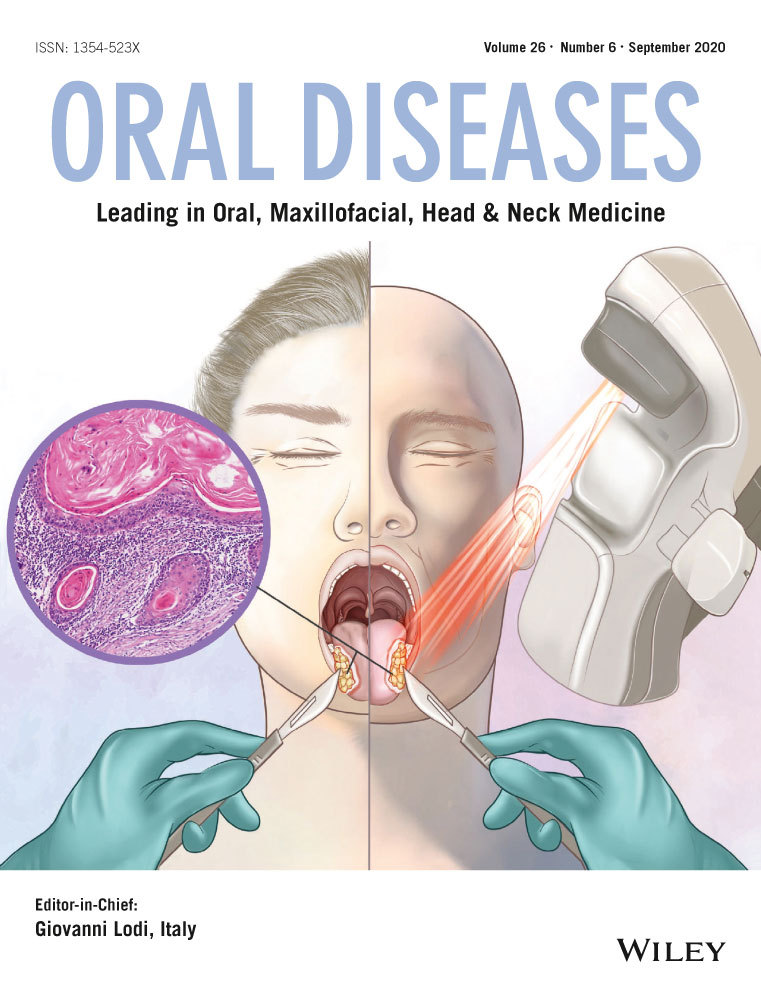Histopathological determinants of autofluorescence patterns in oral carcinoma
Abstract
Biological tissues (including oral mucosa) can absorb and re-emit specific light wavelengths, detectable through spectrophotometric devices. Such a phenomenon is known as “autofluorescence” (AF). Several devices evaluating tissue AF have been developed and commercialized in the last two decades. Among these, the VELscope® system has been proposed as a visual diagnostic aid for potentially malignant disorders and malignant lesions of the oral mucosa. In the present pilot study, we investigated which are the main histopathological features possibly related to variations in AF patterns in a set of 20 oral squamous cell verrucous carcinoma. Among all the histological features investigated, only the mean width of keratin was significantly different between hypofluorescent and hyperfluorescent carcinomas. The results of the present study demonstrate that AF features of oral malignant lesions are significantly associated with the width of their keratin layer.




